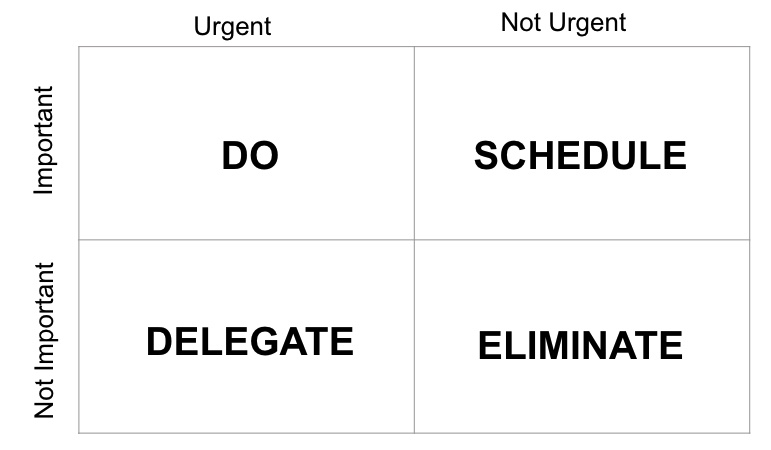Someone recently contacted me asking for help reviewing their product management resume. Given there’s a fair number of people looking for new product roles currently, I thought I’d share with you what I shared with them.
Here are my five tips:
Focus on result and impact, with quantities
The most important thing to include in a PM resume is what you and your team delivered and what impact it had.
Spending ink describing what you did in your PM job isn’t as helpful as describing what all that work led to.
When describing impact, use numbers. A quantity is a more powerful way to communicate results and impact than a general statement.
Good: Delivered {feature} with {X engineers} in {Y weeks} that increased {metric} by {amount}.
Not so good: Managed the team backlog and bug list to deliver a feature customers asked for the most.
Be clear and concise
Fewer words are usually better. Take time to edit out unnecessary details that distract.
Exclude roles that are irrelevant to the role you’re applying to. Your summer job at Steak & Shake isn’t relevant.
You don’t have to keep your resume to a page, especially if you’ve had lots of roles or been working for decades. Try to not exceed two.
Include side projects if you’re starting out
If you’re light on work experience, add in side projects you’re proud of. To keep things concise, link out to the project or a page that describes it.
Work before education
Put your work experience first and summarize your education in one or two bullets at the end. Even if you’re still in college, prioritize your prior internships, school projects, and side projects.
Check spelling and grammar
Typos and comma splices can distract from an otherwise impressive resume. Product management requires solid communication and an attention to detail; these mistakes can imply you’re not great at either.
– – –
Those are my tips, but I know there are more. What do you look for in a great product management resume?
